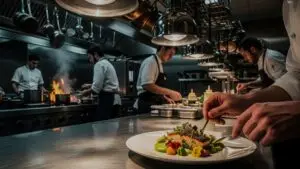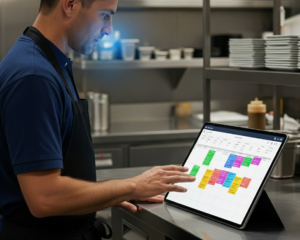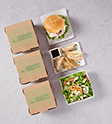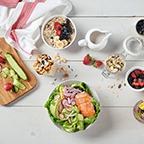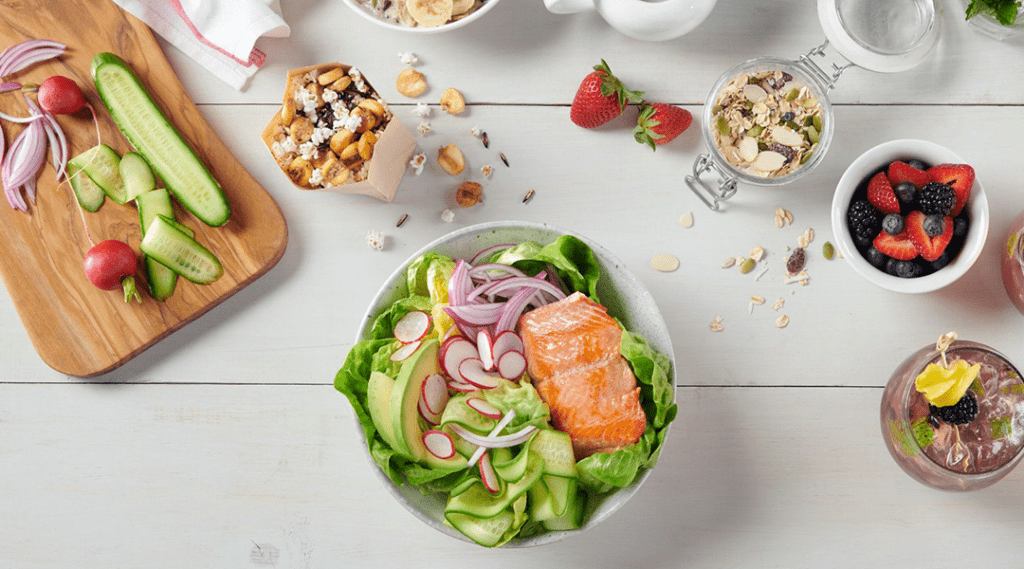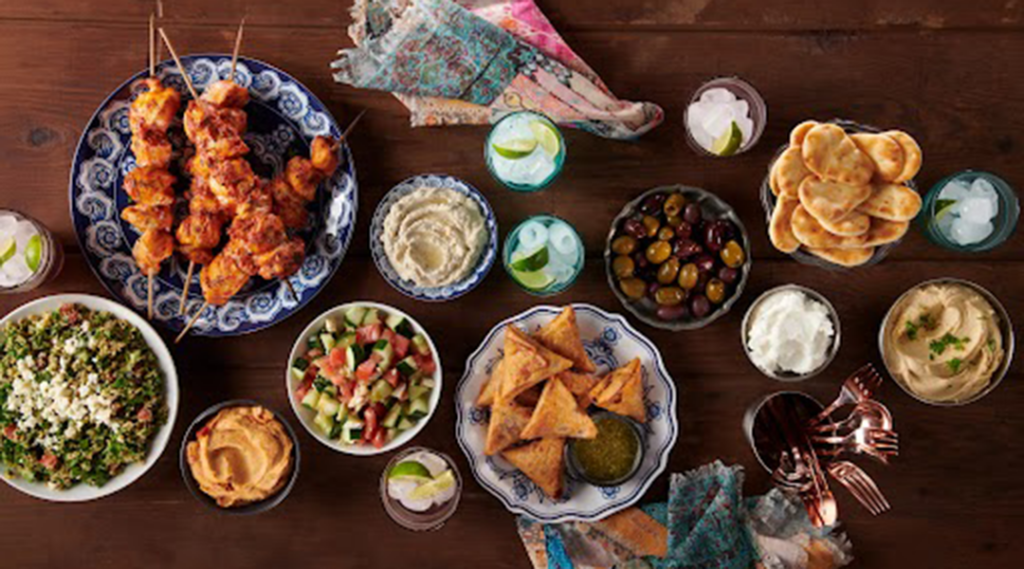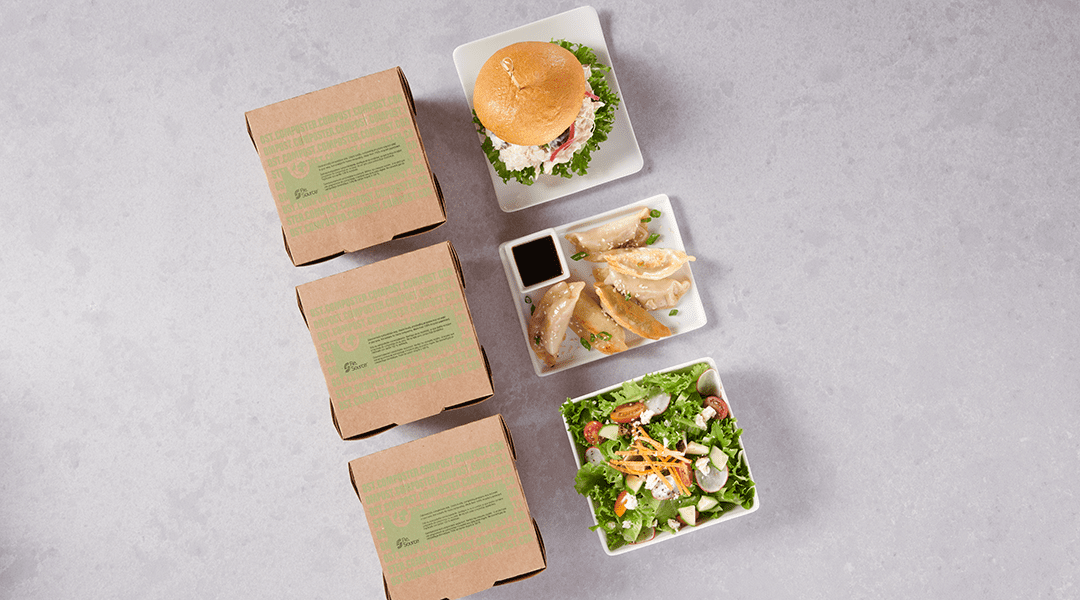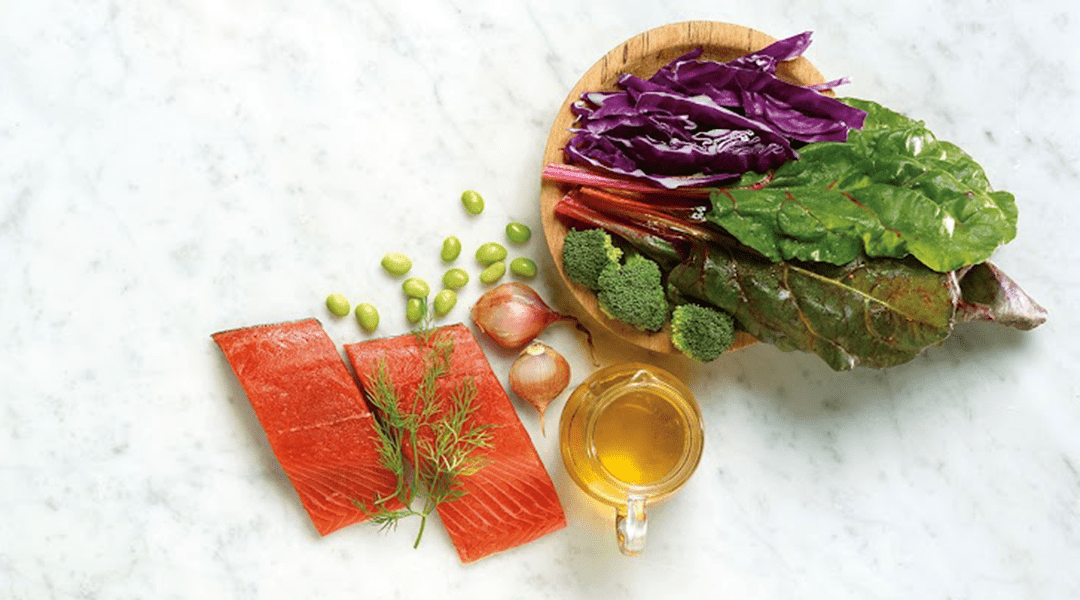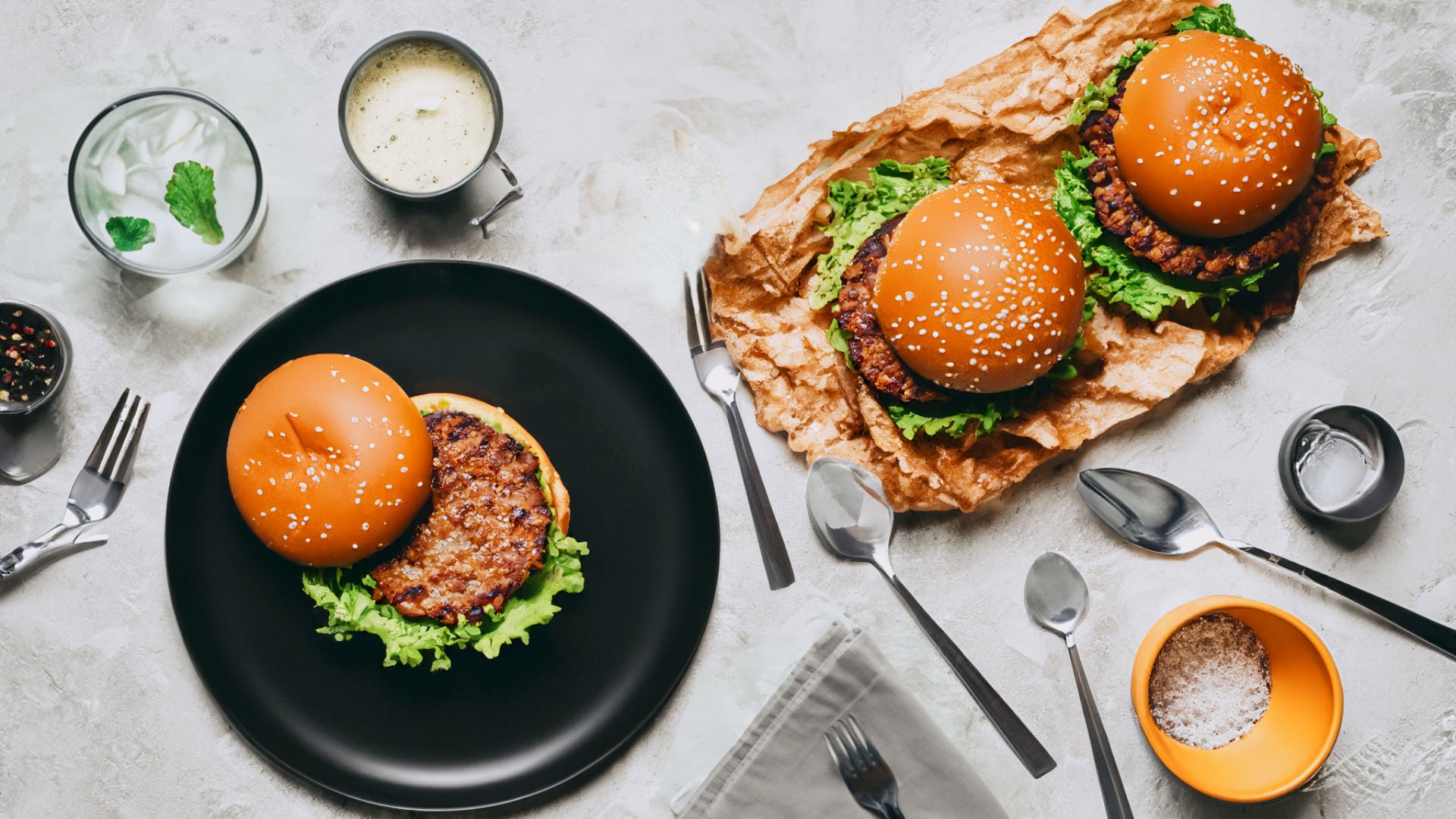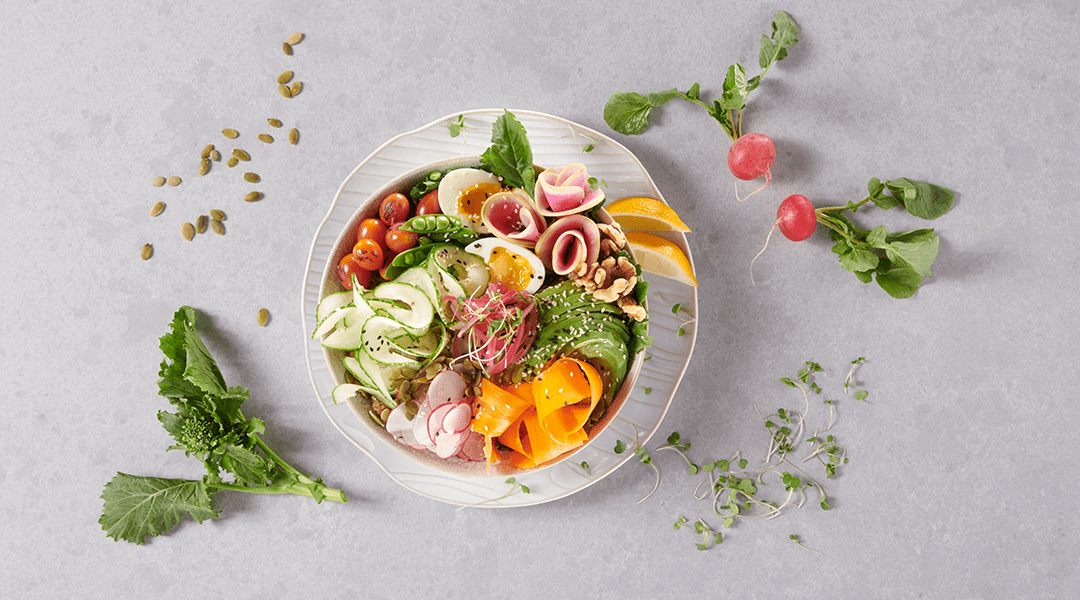It’s a common misconception that you should automatically price your menu lower than your competition. What you should have is a good view of the competitive landscape before establishing goals for your menu. This includes knowing what makes your restaurant and your menu different from your competition, know what customers are willing to pay for that difference, and pricing your menu accordingly.
Three key considerations for competitive positioning and pricing
- Look at menu attributes that deliver against your brand. For example, if you are recognized as the best barbecue joint in the area, you should charge more than the competition for your barbecue-based menu items, and focus on delivering those with consistent quality and excellence to maintain your brand integrity.
- Evaluate menu items that don’t deliver against your brand. Keep your staple dishes, like house and Caesar salads, priced the same as the competition. This will help maintain your profitability and position in the market.
- Examine menu items that hurt your brand. Do a menu analysis to identify which menu items are your weakest links and look at repurposing or removing them. This ensures that your menu is focused on your strongest items, which improves execution and increases profitability.
Once you have a solid understanding of your competitive position, you can move on to setting goals for your menu.
What menu goals will get you
Ultimately, menu goal setting is driven by two key outcomes: increasing your profitability and improving operational efficiency.
As reported by the National Restaurant Association 2016 Restaurant Operations Report, average margins range from 6.1 percent (full-service restaurants) to 6.6 percent (limited-service restaurants). With so little room for error given these narrow margins, it is essential to fully evaluate and vet profitability goals before making any changes to your menu.
Two ways to zero in on menu profitability
- Bump up guest check averages. Guests will spend more as long as they see incremental value in what your menu offers. To provide this additional value, focus on creating items, flavor profiles, and/or preparation methods that they aren’t likely to recreate at home. Also know the flavor preferences of your target guests, and use that to create and upsell key menu items.
- Increase eating frequency. Consider driving incremental sales through delivery, carry-out, or other off-premise dining. Offering such a service can help you reach new demographics, such as millennials, 60 percent of whom say they would use call-ahead or online ordering. Seasonal and limited-time only offerings can also motivate repeat visits.
Two ways to improve operational efficiency through your menu
- Reduce labor. With external factors, like the potential minimum wage hike and finalized overtime rule, a reduction could be necessary to offset their impact. The key is reduce prep times on menu items that aren’t pillars for your brand.
- Simplify preparation. Keep the focus on maintaining a quality menu experience for your guests. Opportunities abound, including ready-cut produce, pre-cut salad mixes, less expensive protein cuts, and speed-scratch solutions.
Avoid common menu goal setting pitfalls
All too often, restaurant owners will move forward with just one menu goal, missing additional opportunities to further their profitability by working toward multiple goals. Or, they don’t consider the unintended consequences, and actually end up increasing their costs. Either scenario should be avoided.
It’s also important to avoid increasing your menu prices “just because.” As the 2016 CPI Forecast notes, from 2015 to 2016 dining out has increased disproportionately to grocery. At the same time, restaurants are attempting to recover lost income in key areas like operating expenses and labor. While increasing menu prices to compensate seems logical, it’s not prudent. Customers require a clear “reason” to justify spending more on your menu, so they’ll balk at price increases that aren’t accompanied by perceptible changes to what you offer them. In other words, if your prices go up, your menu should change to reflect the increase in value. This can come to life through improving item descriptions, highlighting unique items, calling out fresh and local ingredients, or noting special preparation techniques.
No matter what goals you strive for, due to today’s complex foodservice market and limited margins, a single change likely won’t be enough to significantly improve your profitability or operational efficiency. It is far more likely that you’ll need to deploy of slew of strategies, customized to your competitive stance, and reevaluate them once or twice a year. This is where a semi-annual or annual menu analysis can prove helpful.
As your menu goals are achieved, take time with your team to reflect and celebrate before setting new ones. You’ve earned it, after all.

